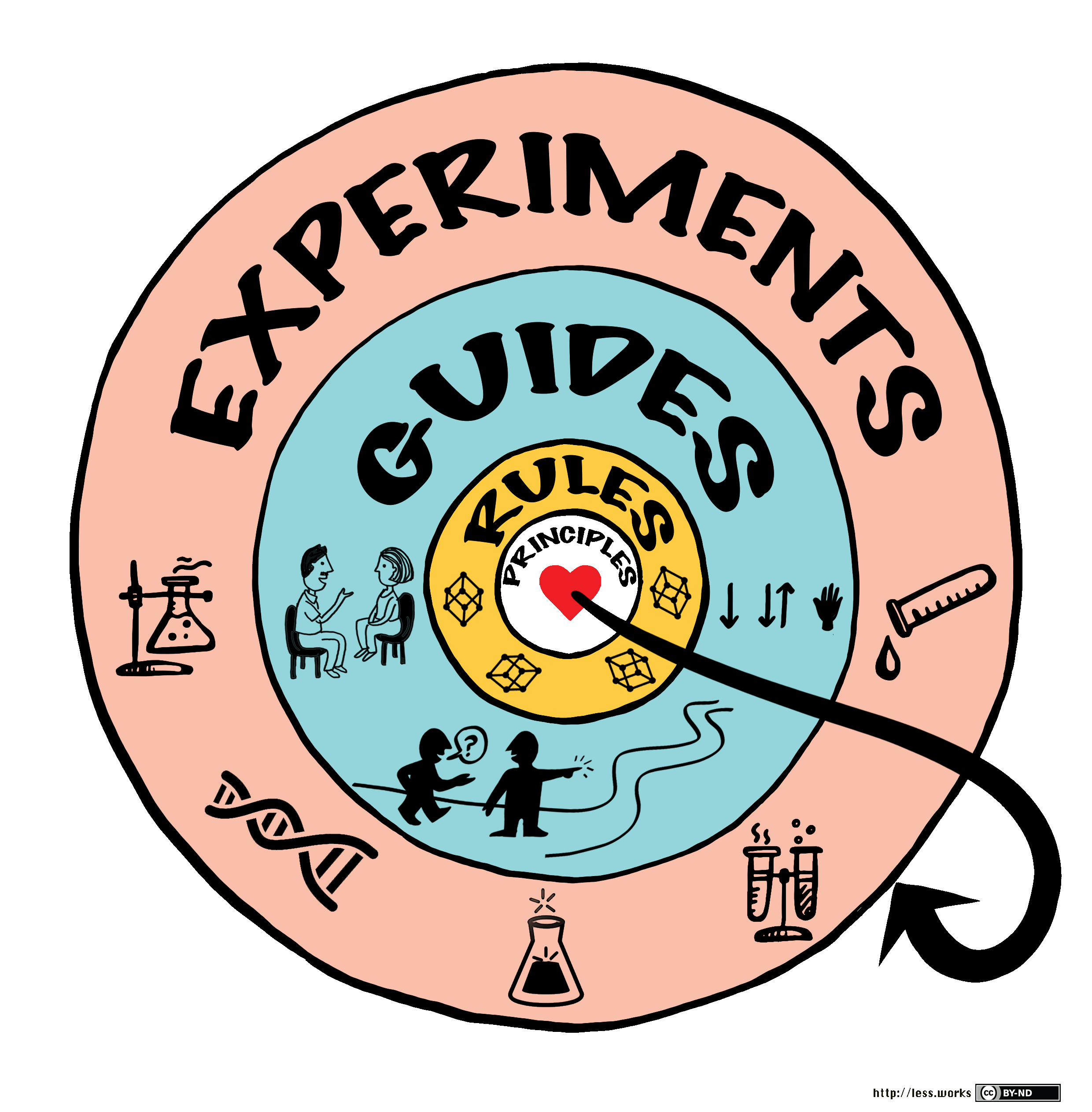Why LeSS?
Achieving adaptiveness
LeSS is an organizational system for product development aimed at maximizing an organization's adaptiveness. With adaptiveness (or agility, the original intent of agile development) we mean optimizing towards:
- Ability to change direction with relatively low cost, primarily based on discovery through frequent delivery, for…
- Maximizing value delivered to customers and end-users.
LeSS is the result of two decades of Go See, systems thinking, and experimenting to achieve organizational adaptiveness.
Systems approach
Many companies are keen to adopt the latest ‘agile’ process as long as it doesn’t result in much change. It must be safe. But typically minimal change brings minimal benefit.
LeSS takes a systems approach to organizations. An organization is at least the sum of the people, customers, structure, policies, processes, and practices, plus their interaction effects… and to achieve adaptiveness, cheap and easy change, these are all likely to be impacted, changed and aligned. Only focusing on adopting a mere process framework and likewise on just local team agility, will not achieve systemic organizational adaptiveness.
Simpler structures
Some key barriers to adaptiveness are organizational complexity and too much single specialization. To achieve adaptiveness organizations cannot simply “add agility” to their existing processes and roles. They have to rethink how the organization works in a simpler and more flexible way.
The More with LeSS principle recognizes that innumerable roles (especially over-specialized roles), complex processes, and over-abundant artifacts will lead to inflexible and slow organizations… even when called ‘agile’. Some structure is of course needed but myriad formal processes, roles, and artifacts are costly and anti-adaptive and therefore to be avoided. This simplification can be achieved by following the seven organizational design principles that expand the More with LeSS principle.
Continuous improvement
The goal of adaptiveness guides continuous improvement forever. Continuous improvement by all people in an organization depends on having a sense of purpose and ownership of their way of working. The customer-focus and direct collaboration with end-users encourages a sense of purpose, and the minimalistic approach of LeSS invites ownership and experimentation. Adopting LeSS involves first putting the initial structure in place and then giving ownership to the teams to identify improvement opportunities and continuously experiment.
LeSS Complete Picture
LeSS hits the sweet spot between abstract principles and concrete practices.
LeSS provides a minimal barely sufficient core: the LeSS rules. And on top of that it encourages experimentation influenced by the LeSS principles. We show this in the “LeSS Complete Picture”:
The elements of LeSS:
- Experiments that share context-specific knowledge and an experimental mindset, to own your way of working and try things out.
- Principles that guide experimentation and adoption.
- Rules that provide a minimum core structure.
- Guides that highlight widely-useful practices, and that clarify what an organization can expect when adopting the rules.
This provides the minimum structure required for continuous improvement towards increasing the organization’s adaptiveness.
Where did LeSS come from?
LeSS originated from the collaboration between Bas Vodde and Craig Larman starting in 2005. They were trying to figure out how to get the essence of Scrum to work in multi-team (large) product development, to create adaptiveness at scale. As this was unknown at the time, Craig and Bas worked with product groups to adapt an organizational improvement loop based on:
- Go See.
Work with the hands-on people building the product and those using it, as they will show the true problems in development and use. - Systems Thinking.
Based on observations done during Go See, try to understand the development system and its influences and interconnections. Improvements can only be made through a deep understanding of the existing system and its problems and potentials. - Experimentation.
From the evolving mental model of the development system based on Go See and systems thinking, what things can we try to make improvements and learn more about it?
Through this organizational improvement loop, Bas and Craig guided hundreds of experiments in large product development. After a decade of experimentation, they extracted their most fundamental learnings and created a barely sufficient structure for enabling experimentation towards adaptiveness – the LeSS rules.

